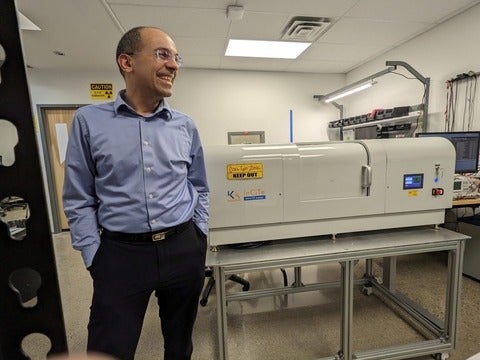University of Waterloo Ranked #1 in Materials Science and Engineering
The University of Waterloo continues to be recognized among the top universities in Canada and globally according to the 2025 Academic Ranking of World Universities subject rankings by Shanghai Ranking Consultancy. Five programs rank first in Canada while thirteen programs rank top 50 globally.
